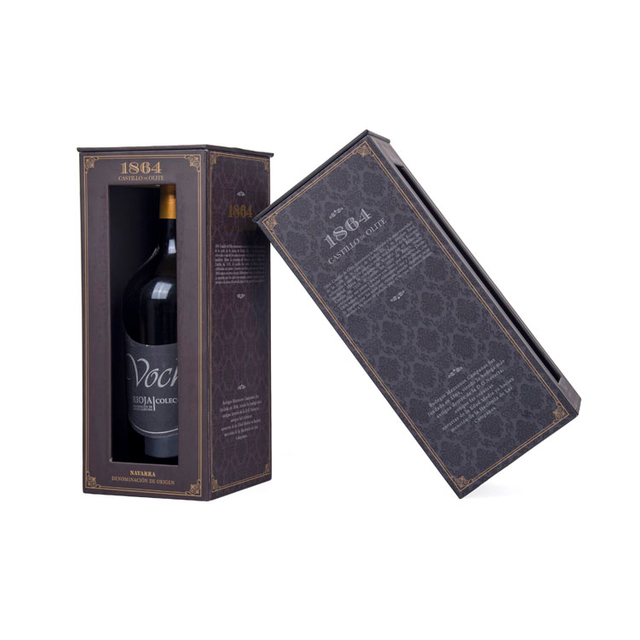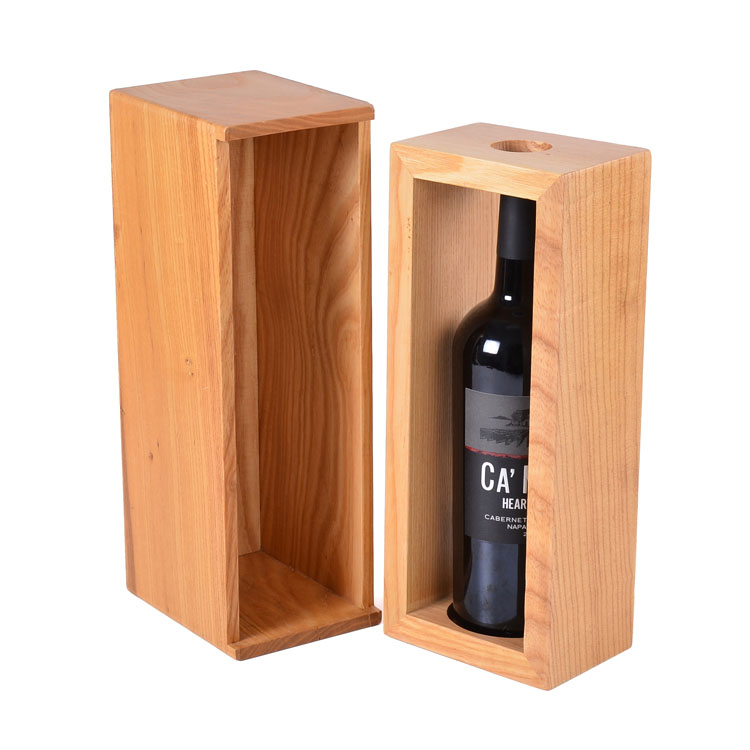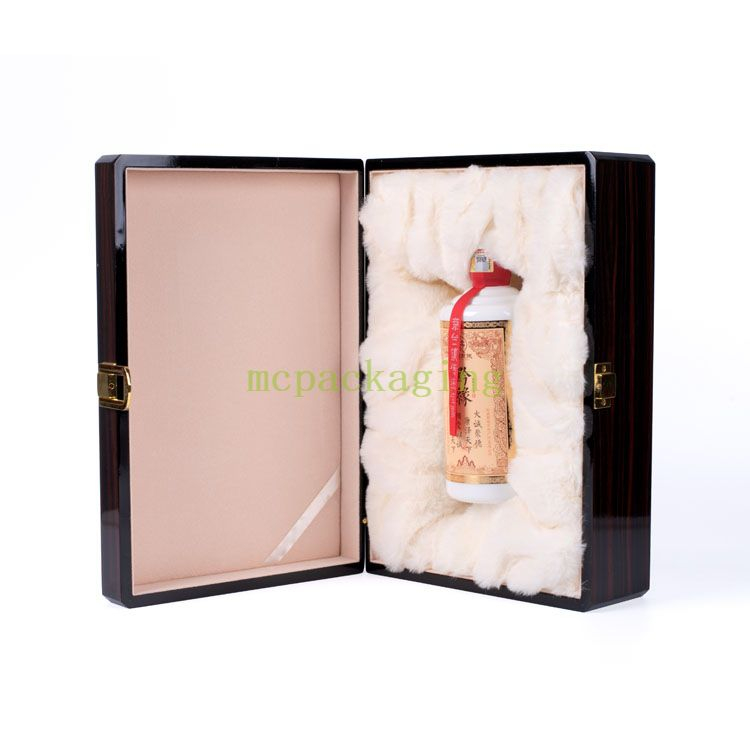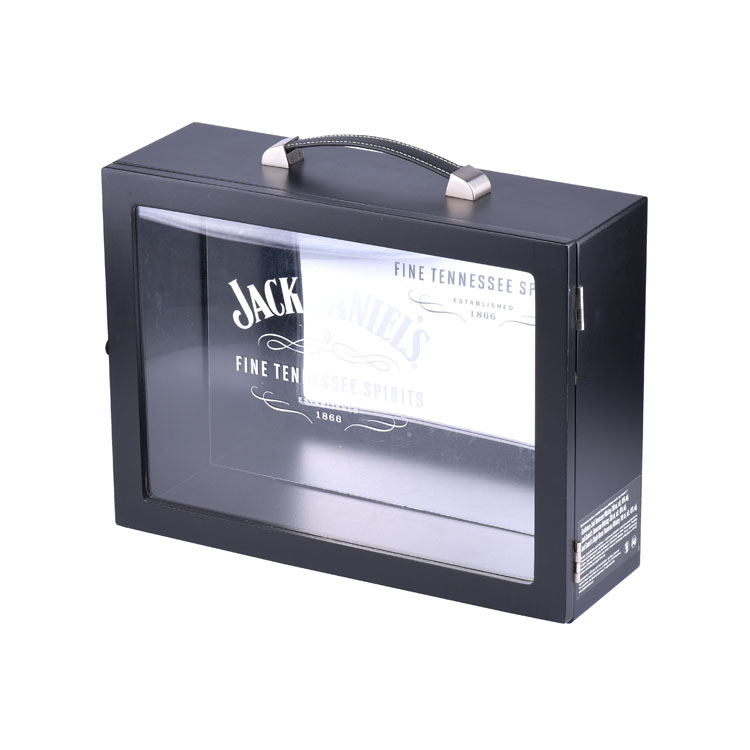- All
- Product Name
- Product Keyword
- Product Model
- Product Summary
- Product Description
- Multi Field Search
Author: Site Editor Publish Time: 2025-04-24 Origin: Site

What’s the best way to package wine? It’s a question that many wineries and consumers are asking. Packaging protects wine and showcases its quality. But with so many options available, it can be tough to know which material is best. In this article, we’ll look at cardboard, wood, leather, and sustainable options. You’ll also learn about customizations and the latest trends in wine packaging.
Wine packaging boxes come in various materials, each with its unique properties and advantages. Common materials include cardboard, wood, leather, and even more sustainable options like recycled materials and compostable choices. These materials not only provide protection but also contribute to the branding and aesthetic appeal of the wine. So, when choosing the best material for your wine packaging, it’s important to consider the level of protection required, the type of wine, and the intended consumer experience.
Cardboard is one of the most commonly used materials for wine packaging. Its affordability, eco-friendliness, and ability to be easily customized make it a popular choice for both mass-market wines and premium wines that require sturdy packaging.
Cardboard boxes are lightweight, cost-effective, and recyclable, making them a good choice for shipping wine, especially for lower to mid-range wines. Additionally, they are flexible, allowing for customization in design, color, and branding.
Pros:
Lightweight and easy to handle.
Cost-effective and environmentally friendly.
Easily customizable for branding and design.
Provides adequate protection when used with internal padding or inserts.
Cons:
Less durable than wood for long-term storage or shipping of high-value wines.
Might not be as aesthetically appealing compared to other premium materials.
Cardboard is best for wines that will be shipped in bulk, stored temporarily, or offered at a lower price point. While not as visually striking as wood or leather, it gets the job done while keeping costs low.

Wooden wine boxes, often made from pine, MDF, or other durable wood types, are a popular choice for premium wines or special editions. These boxes offer both protection and a luxurious look that can elevate the perception of a wine brand.
Wood provides a sturdy and durable structure that can withstand handling during transport. It also offers a premium aesthetic that is often used for high-end wines, gifts, or wine collections.
Pros:
Highly durable and can withstand rough handling.
Adds a luxurious and premium feel to the product.
Customizable with intricate designs, logos, and finishes.
Suitable for high-value wines and gifts.
Cons:
More expensive than cardboard.
Heavier, which increases shipping costs.
Less eco-friendly unless sustainably sourced.
Wooden boxes are best suited for wines that need to make a strong impression, such as limited-edition releases or wine gifts. They can also be used for high-value wines where protection and presentation are paramount.

Leather wine boxes offer an unmatched level of luxury and sophistication. These boxes are typically made from synthetic leather, such as PU or PVC, and are often used in combination with wooden elements for added durability and aesthetics.
Leather packaging adds a high-end, classy touch to wine bottles. It’s a material commonly used for luxury packaging and special gifts.
Pros:
Luxurious appearance and high-end feel.
Perfect for premium and gift wines.
Customizable to fit the brand’s image.
Cons:
Expensive.
Limited flexibility in design compared to cardboard.
Not as environmentally friendly as other options.
Leather is ideal for wineries and brands looking to position their wines as premium products. It’s best used for gift sets, limited editions, or wines that need to stand out in a crowded market.

Sustainability is an increasing priority for consumers. As such, wine packaging manufacturers are turning to more eco-friendly materials, such as recycled cardboard, biodegradable options, and other sustainable packaging solutions.
Using recycled and compostable materials helps reduce the environmental impact of packaging. With growing concerns about climate change and environmental conservation, more consumers are looking for sustainable packaging solutions.
Pros:
Reduces environmental impact.
Often fully recyclable or biodegradable.
Meets growing consumer demand for eco-friendly options.
Cons:
May not provide the same level of protection as traditional materials like wood.
Can be more expensive than standard cardboard.
Sustainable materials are ideal for brands that want to align with eco-conscious consumers. While they may not always match the protective qualities of wood, they can be a suitable choice for wines that are shipped quickly or packaged for temporary storage.

When deciding on the best packaging material for your wine, consider the following:
Type of Wine: High-end wines or gifts often require premium materials like wood or leather, while more affordable wines may be well-served with sturdy cardboard packaging.
Protection Needs: If your wine needs to withstand rough handling or long-term storage, wood or custom-fitted inserts may be necessary.
Brand Identity: The packaging should reflect your brand’s image. For a luxury brand, wood or leather is often the best choice, while for eco-conscious brands, sustainable materials should be a priority.
Choosing the best wine packaging box material depends on your wine’s value, the protection needed, and your brand’s values. we offer a variety of customizable packaging solutions. Whether you're looking for eco-friendly materials or luxurious wooden boxes, we have what you need to make your wine stand out. Visit us today to explore the perfect packaging for your wine.
Q: What are the most common materials used for wine packaging boxes?
A: The most common materials are cardboard, wood, leather, and eco-friendly options like recycled materials.
Q: How can I customize my wine packaging?
A: You can customize your wine packaging by adding your brand logo, choosing specific colors, and selecting premium finishes.
Q: Are there eco-friendly wine packaging options available?
A: Yes, options like recycled cardboard and biodegradable materials are growing in popularity and are great for environmentally conscious consumers.
Q: What is the difference between wood and cardboard for wine packaging?
A: Wood is more durable and provides a luxury feel, while cardboard is cost-effective and easily customizable.
Q: Why is the packaging important for wine?
A: Packaging protects the wine and enhances its brand image. It also plays a role in attracting customers and ensuring safe transport.
